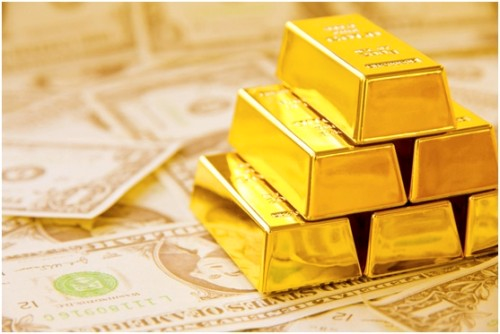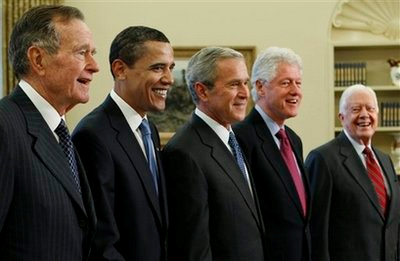With the price of gold hovering around a five-year low, industry analysts and investors are wondering whether this precious metal will ever generate the kind of demand that pushed its price to all-time highs in 2011. In spite of such doubts, gold is unlike other types of assets and is in most cases the first port of call for investors fleeing turbulent stock markets or worried about political uncertainty. Here is some information to help you decide whether you should trade gold or not:
Two Key Gold Demand and Supply Dynamics
In order to determine the viability of investing in gold, one must evaluate and understand two key demand and supply forces. According to data from the IMF, much of the world’s gold is in the custody of central banks. This includes central banks in developed as well as emerging markets. For central banks in advanced economies, the expectation, according to Barron’s magazine is maintaining the status quo. This translates to a market stance that economists call “net purchasing” from the official sector. However, the opposite is true across emerging economies with their central banks expected to increase physical gold holdings significantly in coming years. A survey carried out by ANZ in 2014 with participants drawn from central banks and sovereign wealth funds found that majority trust gold as a long-term asset safe haven. Moreover, 60% of respondents believe gold will account for large portions of central bank reserves in the next two years. Given such a strong vote of confidence from the largest block of gold buyers (demand-side), only a brave soul can bet that prices will not rise in the near future.
On the supply side, the available data paints a picture of dwindling gold reserves. Figures published by Fortune magazine show that the average grade of gold ore has dipped to 1.5 grams per ton. In comparison, average gold ore grades stood at 12 grams per ton in 1950. Even as recently as 2009, gold mines in countries such as the US, Australia, and Canada registered ore grades of 3 grams per ton. These statistics show a steady decline in commercially viable gold ore. Barring the discovery of new gold ore deposits, supply constraints will lead to high gold prices at some point in the future.
Gold Price Outlook
The future of gold’s price depends on several key factors including:
- The Chinese economy
In recent weeks, financial and stock markets in China have been struggling to maintain a semblance of normality as investors who had been drawn by the country’s seemingly unstoppable economic juggernaut withdraw their investments. Moreover, scenes of angry Chinese investors demanding back their money from diverse investment vehicles do not instill confidence in panic-stricken foreign investors. As most risk-averse investors do, many of those exiting the Chinese stock and financial markets will use gold to protect their portfolios from value erosion.
- US presidency change
In the US, the looming presidency change is also likely to create uncertainty as investors try to evaluate the economic policies of whichever new government will take over. At this point, take note hiring of immigrants especially in the tech sector is already a major talking point among US presidential candidates. With this in mind, an incoming government could spook tech industry investors if it leans towards anti-immigrant hiring policies. Such investors would look for safer assets, such as gold, to invest their money.
- Chinese gold futures
China is both the world’s leading importer and producer of gold. In spite of this, China has been a relatively minor player in the trading of metals, commodities, as well as price discovery. However, this is set to change with the Chinese government working hard to become a major player in the gold market. To achieve this goal, it is opening the Chinese gold market to foreign investors who are expected to embrace this investment opportunity. In particular, Barron’s reckons that Chinese gold futures are competitively priced compared to similar contracts elsewhere.
Conclusion
Although recent gold price moves have been worrying, this downturn does not warrant divesting from the yellow metal. This is because central banks across emerging markets are bullish about gold’s viability as a hedge against wealth erosion. In addition, the Chinese are setting up the stage to become a major player in the gold market. Dwindling gold reserves are also likely to lead to higher global spot prices.





No Comments yet!